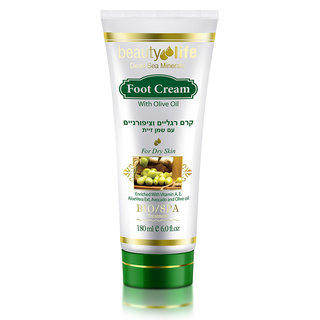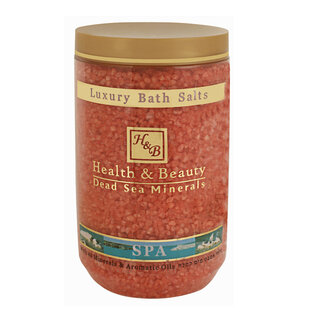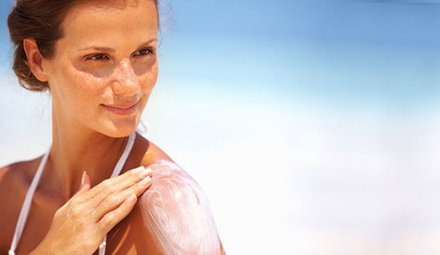
Sweaty feet & athlete's foot
The feet, like the palms, are amply equipped with sweat glands. In addition, they have a thick stratum corneum consisting of exfoliating, dead cells. These dead cells in a moist, warm environment are an ideal breeding ground for the growth of bacteria and fungi. The unpleasant odor associated with sweaty feet is not caused by perspiration, because it is odorless in itself, but by these bacteria and fungi. A result of sweaty feet can be that the skin becomes damaged and irritated, usually between the toes. This is called swimmer's eczema or athlete's foot.
How can sweaty feet and athlete's foot be prevented and treated?
- Strengthen your skin barrier: Many products (especially soaps) kill both the good and the bad bacteria on the skin. This damages the skin barrier and allows bacteria and fungi to grow easily, which can cause athlete's foot, among other things. It is therefore very important to repair this skin barrier and increase the resistance of the skin. This can be done by washing with Dead Sea salt, regularly taking a foot bath with Dead Sea salt and a mud wrap.
- Wash your feet: Keep your feet clean. This sounds obvious, but it is a basic truth. If necessary, wash the feet several times a day with a mild soap. Dry them well after washing, also between the toes.
- Foot bath: At the end of the day, take a foot bath with Dead Sea salt (100 g, water to the instep), which kills bacteria and strengthens the skin barrier. Let the salt dry on the skin for an optimal effect. Take a foot bath with vinegar (125 ml per 1 liter of water) several times a week, this also kills unwanted bacteria. Take alternating baths regularly (alternating hot and cold water). This inhibits the blood supply to the feet, which causes the feet to sweat less.
- Mud wrap: Give the feet a mud wrap once a week to strengthen the skin barrier, remove dirt and dead skin cells and improve the overall condition of the skin. Read here how you can best use this.
- Socks: Wear clean cotton or woolen socks. Synthetic socks stimulate sweating! You can also put on two pairs of socks; first put on a cotton pair and over it a wool pair. It may sound strange, but the feet will sweat less, because they cool more because of the air insulation between the socks.
- Shoes: Wear well-ventilated shoes made of natural materials (no rubber, nylon, etc.!) At home walk as much as possible without shoes or on open shoes. Let the shoes dry and change them regularly.
- Callus removal: Remove excess callus so that the breeding ground for bacteria does not become too large. This can be done with the help of a Peeling and a tool such as a lava stone.
- Moisturize: Use a foot cream twice a day to neutralize unpleasant odors and moisturize the feet.
General practitioner: Do you suffer from athlete's foot and you cannot get rid of it by yourself? You can get this under control by using ketoconazole (cream) or MYK-1 (lotion). These are bactericidal agents that eliminate the athlete's foot relatively quickly and effectively. Your GP can prescribe them for you.












